The Most Iconic Civilizations In Human History
Embark on a whirlwind tour through the sands of time as we explore some of the most fascinating civilizations that have graced our planet. From the fertile lands of Mesopotamia to the grandiose empires of the Incas, each civilization offers a unique glimpse into humanity’s past. These societies have left an indelible mark on history, shaping the world in ways that continue to resonate today. So grab your time-traveling hat, and let’s dive into this epic journey!
The Mesopotamians: Cradle of Civilization
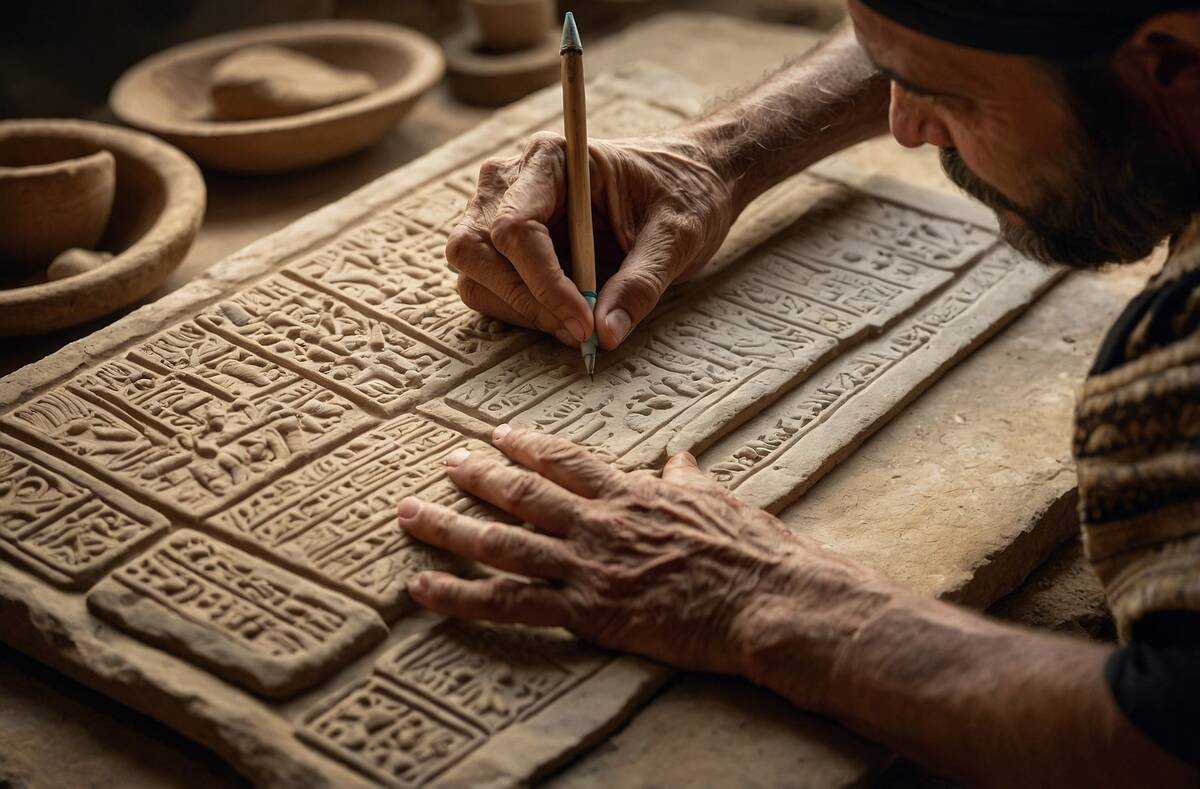
Often hailed as the ‘Cradle of Civilization,’ Mesopotamia was nestled between the Tigris and Euphrates rivers, in present-day Iraq. It was here that writing first emerged, with the Sumerians developing cuneiform script around 3200 BCE. Mesopotamia was also home to the Code of Hammurabi, one of the earliest known legal codes, which offered insights into the social and economic structures of the time. The legacy of Mesopotamia is profound, influencing countless subsequent cultures.
Ancient Egypt: Land of the Pharaohs
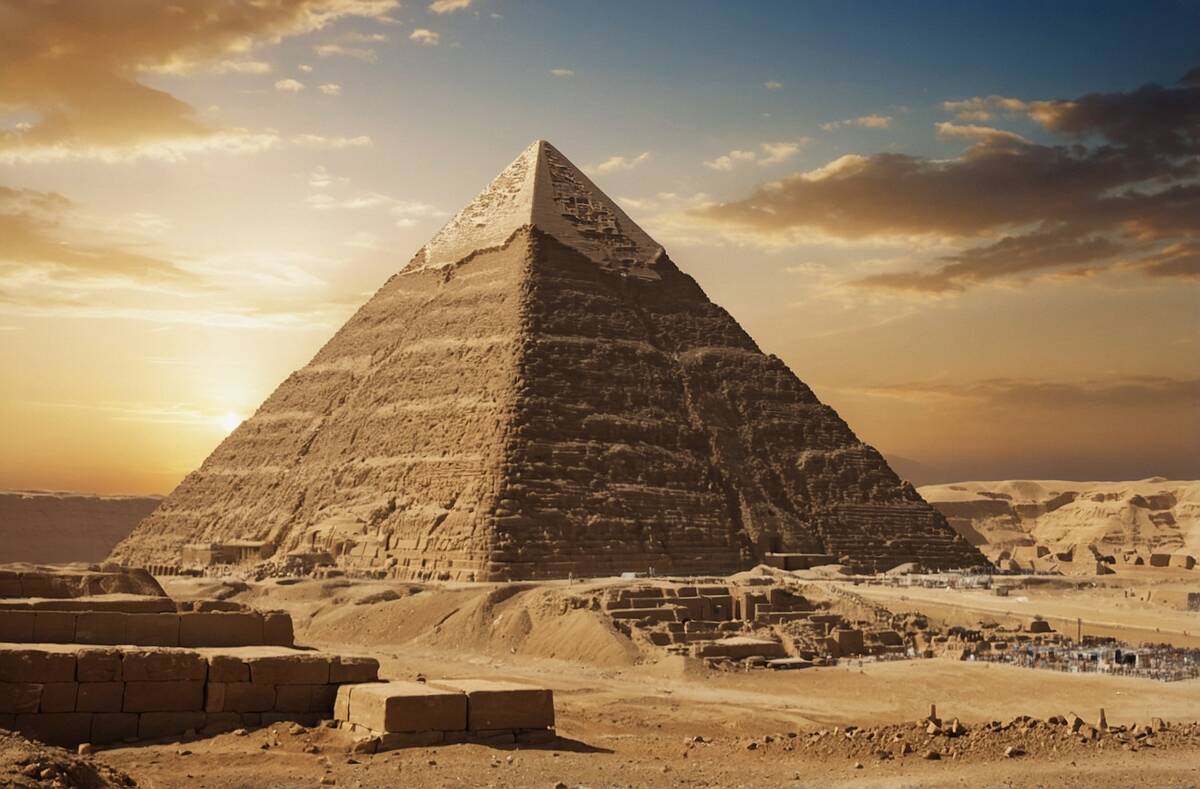
The enchanting land of Egypt, with its iconic pyramids and the enigmatic Sphinx, has fascinated historians and travelers alike for centuries. The civilization flourished along the life-giving banks of the Nile River, with advancements in writing, architecture, and mathematics. The Egyptians are renowned for their hieroglyphics and the grandeur of their burial practices, which include the legendary tomb of Tutankhamun. Their society was a complex tapestry of gods, kings, and monumental achievements.
The Indus Valley: A Forgotten Marvel
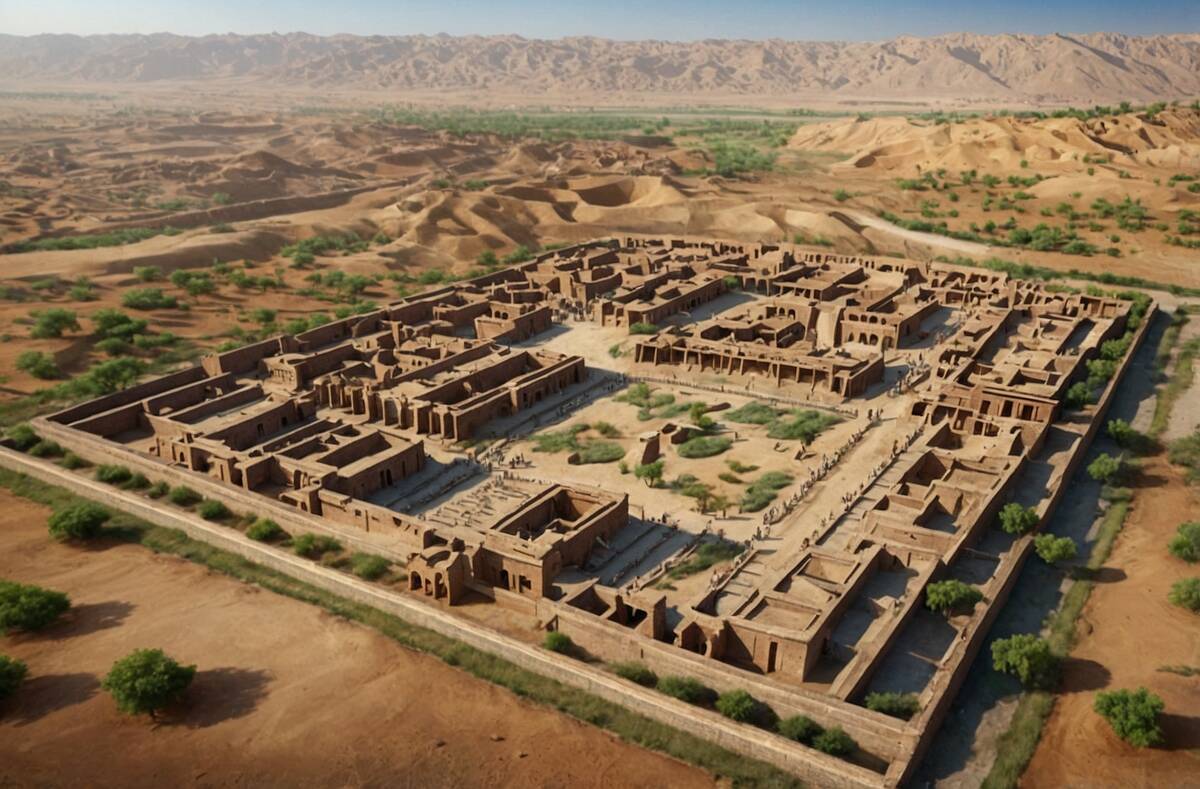
The Indus Valley Civilization, which flourished around 2500 BCE, is often overshadowed by its contemporaries, yet it was remarkable in its urban planning and architecture. Located in modern-day Pakistan and northwest India, the cities of Harappa and Mohenjo-Daro featured advanced drainage systems and grid layouts. Despite the absence of deciphered written records, the artifacts of the Indus provide glimpses into a society that valued trade, craftsmanship, and peaceful coexistence.
The Minoans: Masters of the Aegean Sea

The Minoans, thriving on the island of Crete from approximately 2000 to 1450 BCE, were masterful seafarers and traders. Their civilization is known for the opulent palace of Knossos, believed to be home to the legendary King Minos. The Minoans had a rich cultural life, evident in their vibrant frescoes and the mysterious script known as Linear A. Despite their abrupt decline, possibly due to natural disasters, their influence on Greek culture was significant.
The Mycenaeans: Heroes of the Trojan War
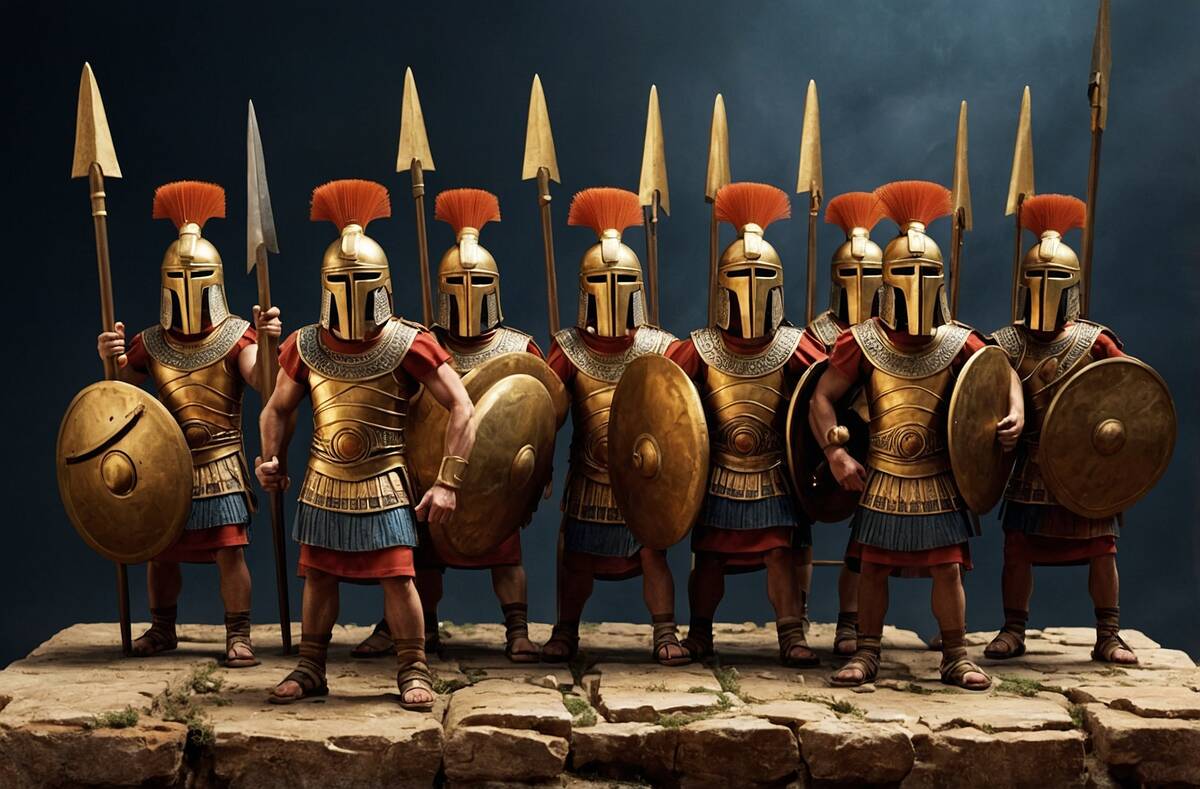
The Mycenaeans, immortalized in Homer’s epics, were the dominant power in Greece from 1600 to 1100 BCE. Known for their fortified cities like Mycenae and Tiryns, they were formidable warriors and traders. The Mycenaeans are credited with the development of Linear B script, an early form of Greek. Their legendary involvement in the Trojan War, as chronicled in the Iliad, has captivated imaginations for generations, blending myth with historical intrigue.
Ancient China: Dynasties of Innovation

Ancient China’s long history is marked by a succession of influential dynasties, each contributing to a legacy of innovation and cultural richness. The Shang and Zhou dynasties laid early foundations with advancements in bronze work and writing. The Han dynasty, famed for its Silk Road trade, saw the invention of paper and water clocks. China’s Great Wall, begun during the Qin dynasty, stands as a testament to the enduring strength and ingenuity of these ancient peoples.
The Olmec Civilization: Mysterious Beginnings in Mesoamerica

The Olmec civilization, often considered the ‘mother culture’ of Mesoamerica, flourished from approximately 1200 to 400 BCE along the Gulf Coast of Mexico. They are best known for their colossal stone heads, which weigh up to 40 tons. The Olmecs played a pivotal role in the development of Mesoamerican culture, influencing later civilizations such as the Maya and Aztecs with their innovations in agriculture, religious practices, and art forms.
The Greeks: Pioneers of Western Culture

Ancient Greece, with its city-states like Athens and Sparta, laid the foundational stones of Western culture. From 800 to 300 BCE, Greece saw advancements in philosophy, with luminaries such as Socrates, Plato, and Aristotle. The Greeks also excelled in arts and sciences, developing democratic principles and architectural wonders like the Parthenon. Their mythology, theater, and Olympic Games continue to influence contemporary culture, underscoring their enduring legacy.
The Roman Empire: Architects of Civilization

The vast Roman Empire, renowned for its engineering prowess and expansive reach, spanned continents from 27 BCE to 476 CE. Romans excelled in constructing durable roads, aqueducts, and monumental structures like the Colosseum. The legal system, based on Roman law, became a model for future societies. Latin, the language of the Romans, influenced many modern languages, and their cultural and architectural legacy remains a bedrock of Western civilization.
The Celts: Warriors of the European Continent
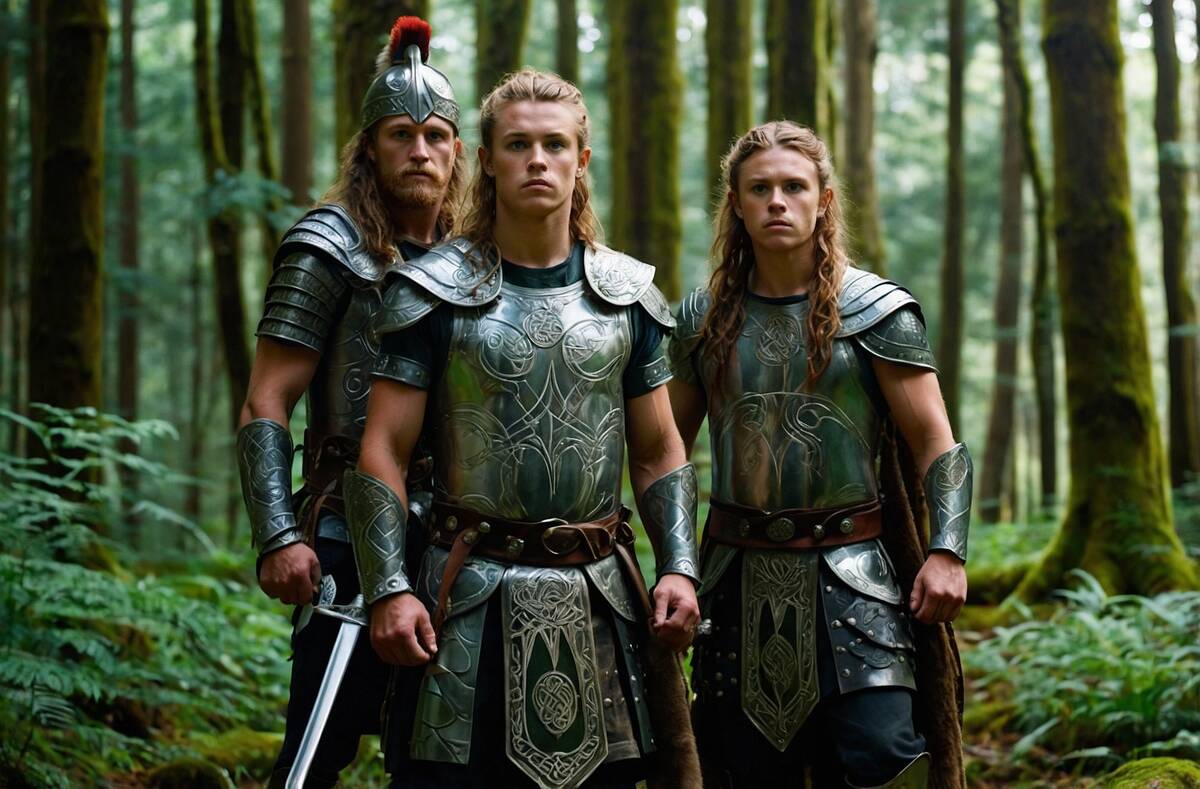
The Celts, a collection of tribes known for their fierce warrior culture, spread across Europe from 1200 BCE to 400 CE. They left a lasting impact with their art, known for intricate metalwork and vibrant designs. The Celts were skilled in oral traditions, with bards recounting epic tales of heroes and mythic battles. While often romanticized, their society was complex, with a deep reverence for nature and a pantheon of deities guiding their spiritual life.
The Byzantine Empire: Legacy of the Romans
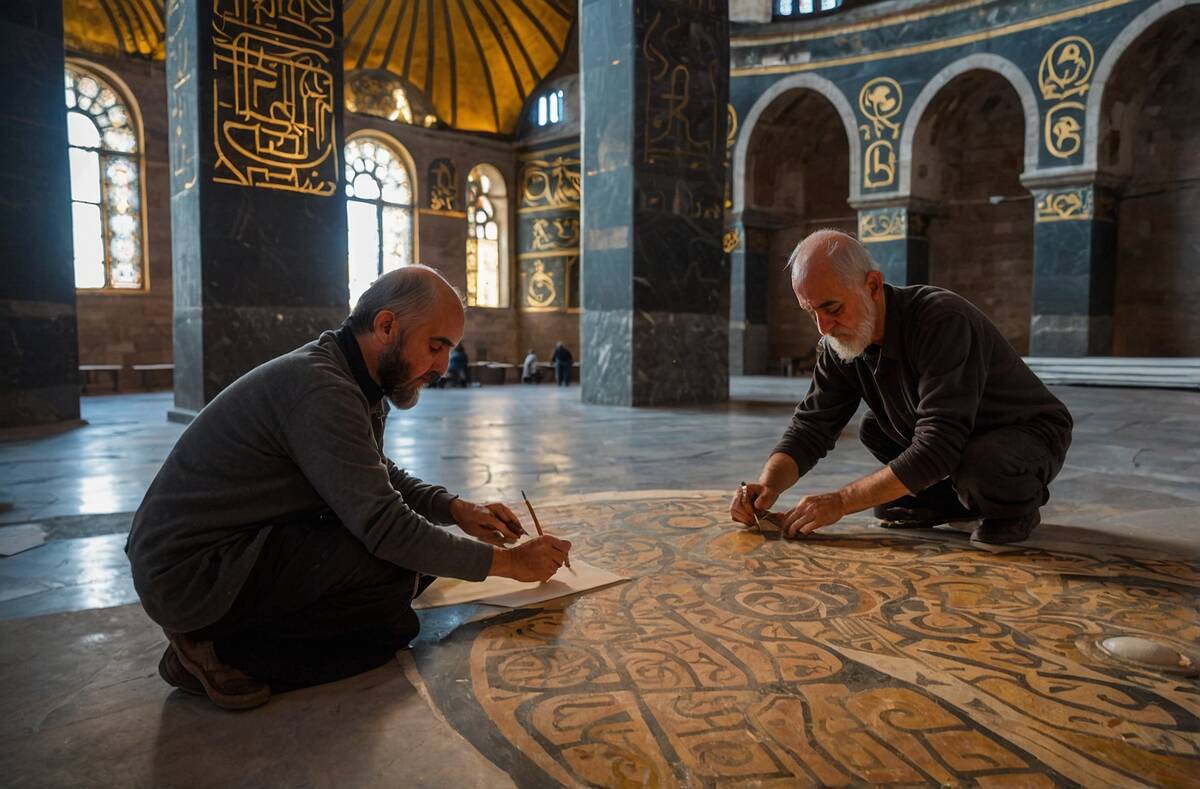
The Byzantine Empire, the eastern continuation of the Roman Empire, thrived for over a millennium from 330 to 1453 CE. Known for its capital, Constantinople, it was a beacon of art, culture, and religion. Byzantines preserved much of Greco-Roman knowledge, contributing to the Renaissance’s eventual rise. The empire’s Orthodox Christianity and its architectural marvel, the Hagia Sophia, continue to influence religious and cultural landscapes across Europe and beyond.
The Maya: Architects of the Jungle
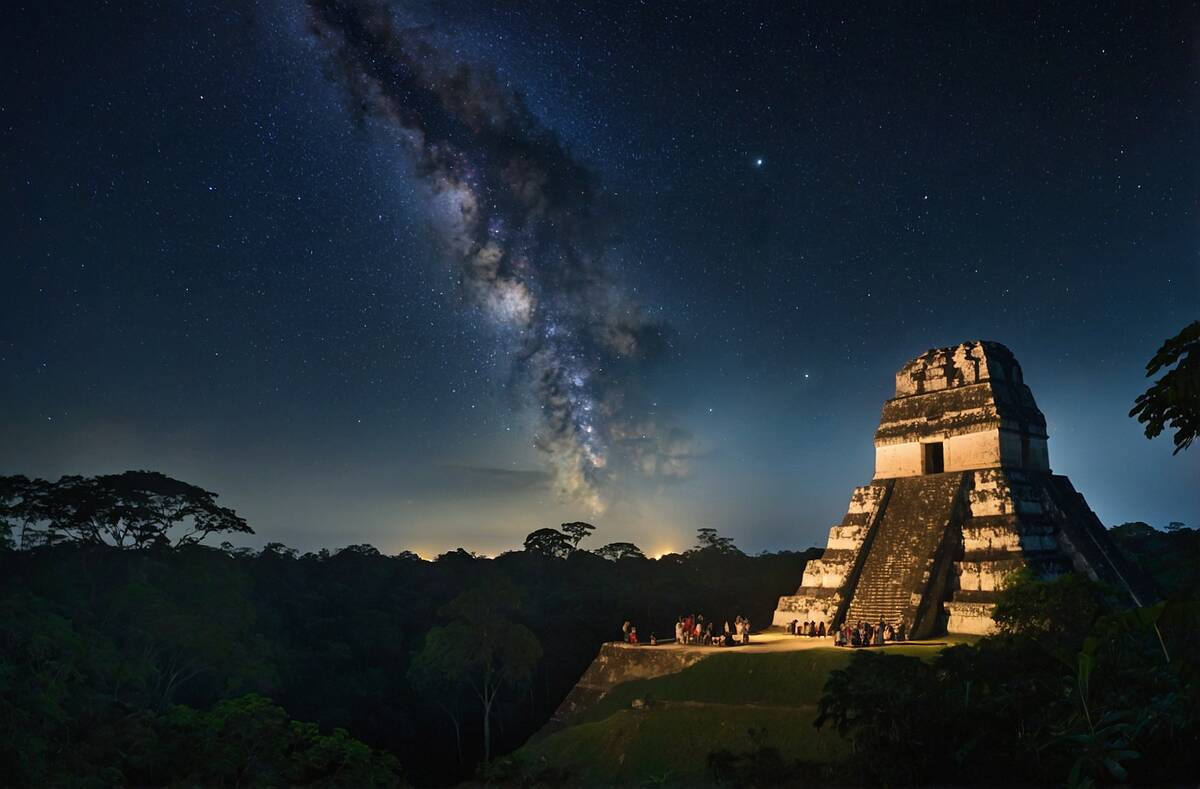
The Maya civilization, flourishing from 2000 BCE to 1500 CE in Central America, is renowned for its stunning pyramids and sophisticated calendar system. They developed a complex hieroglyphic script and made significant advancements in mathematics and astronomy. The city of Tikal, with its towering temples, exemplifies the architectural prowess of the Maya. Despite their mysterious decline, the Maya’s cultural and scientific contributions continue to intrigue and captivate scholars worldwide.
The Inca Empire: Masters of the Andes

The Inca Empire, stretching across the Andes from 1438 to 1533 CE, was a marvel of engineering and organization. The Incas built an extensive road network and terraced agriculture that maximized their mountainous terrain. The city of Machu Picchu stands as a testament to their architectural ingenuity. Despite lacking a written language, the Incas used quipus for record-keeping, demonstrating their innovative spirit. Their legacy endures in the rich cultural traditions of modern Andean societies.
The Aztecs: Builders of Tenochtitlán
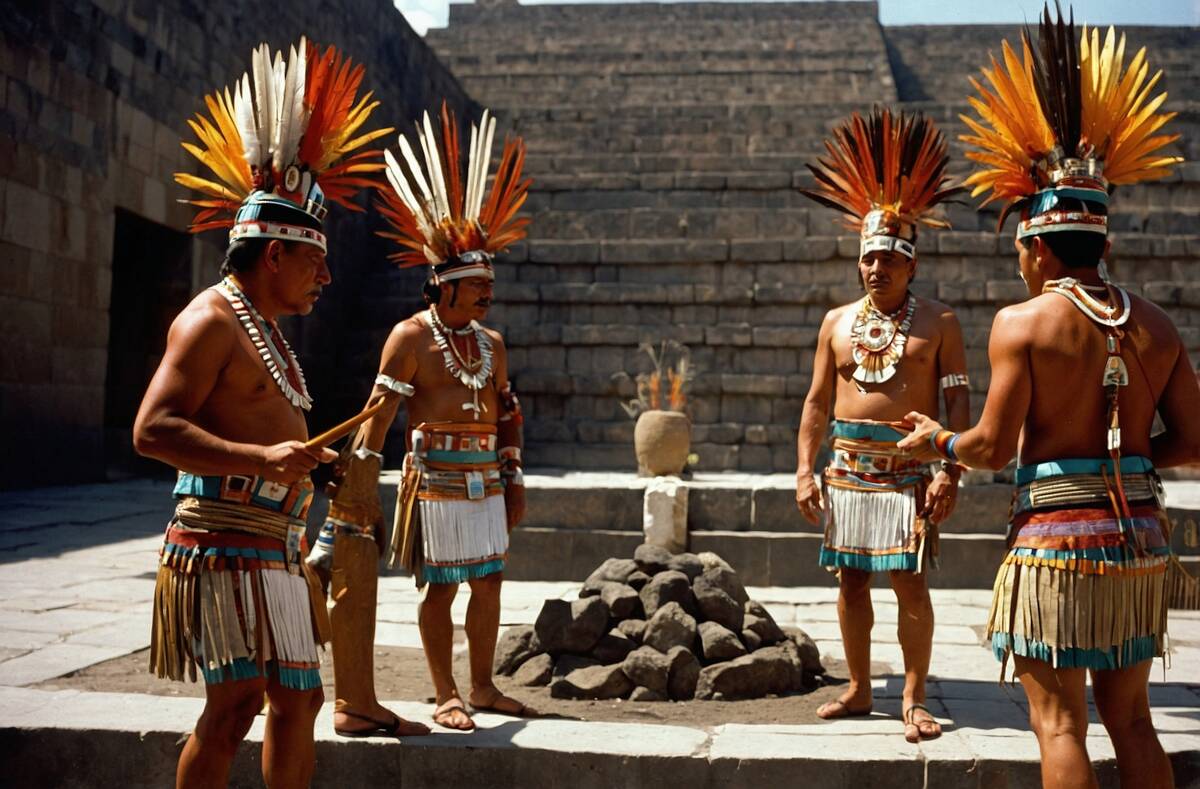
The Aztec Empire, peaking between 1345 and 1521 CE in present-day Mexico, was a vibrant civilization known for its capital, Tenochtitlán. Built on an island in Lake Texcoco, the city featured impressive temples and a complex societal structure. The Aztecs had a rich tradition of arts and warfare, with a pantheon of gods influencing every aspect of life. Their intricate calendar and agricultural innovations, including chinampas, reflect their adaptability and ingenuity.
The Islamic Caliphates: A Golden Age of Science and Culture

During the Islamic Golden Age, from the 8th to 14th centuries, the Caliphates were centers of innovation and cultural flourishing. Scholars in Baghdad’s House of Wisdom made strides in mathematics, astronomy, and medicine. This era saw the preservation and expansion of ancient knowledge, influencing the European Renaissance. The architectural beauty of structures like the Alhambra and the Great Mosque of Córdoba exemplifies the artistic achievements of this period, resonating through history.
The Mongol Empire: Conquerors of the Steppes

The Mongol Empire, under the leadership of Genghis Khan, became the largest contiguous land empire in history from 1206 to 1368. Known for their formidable horsemen and military strategies, the Mongols connected East and West through their vast trade networks. Despite their reputation for conquest, they facilitated cultural exchange and religious tolerance. The Pax Mongolica allowed for unprecedented interactions between civilizations, leaving a lasting impact on global history.
The Vikings: Norse Explorers and Warriors

The Vikings, seafaring Norse warriors from Scandinavia, are famed for their exploration and raids across Europe from the 8th to 11th centuries. Their longships allowed them to traverse vast distances, reaching as far as North America. The Vikings established settlements, such as those in Iceland and Greenland, and their influence extended through trade and cultural exchange. Norse mythology and sagas, rich with tales of gods and heroes, continue to captivate modern audiences.
The Renaissance Europe: Rebirth of Art and Learning

The Renaissance, spanning the 14th to the 17th centuries, heralded a revival of art, science, and learning in Europe. It began in Italy with figures like Leonardo da Vinci and Michelangelo leading artistic innovation. The era saw the rediscovery of classical texts and the emergence of humanism, emphasizing the potential of human achievement. The Renaissance laid the foundations for modern science and culture, with its artistic and intellectual legacy enduring in today’s world.
The Ottoman Empire: Bridge Between East and West
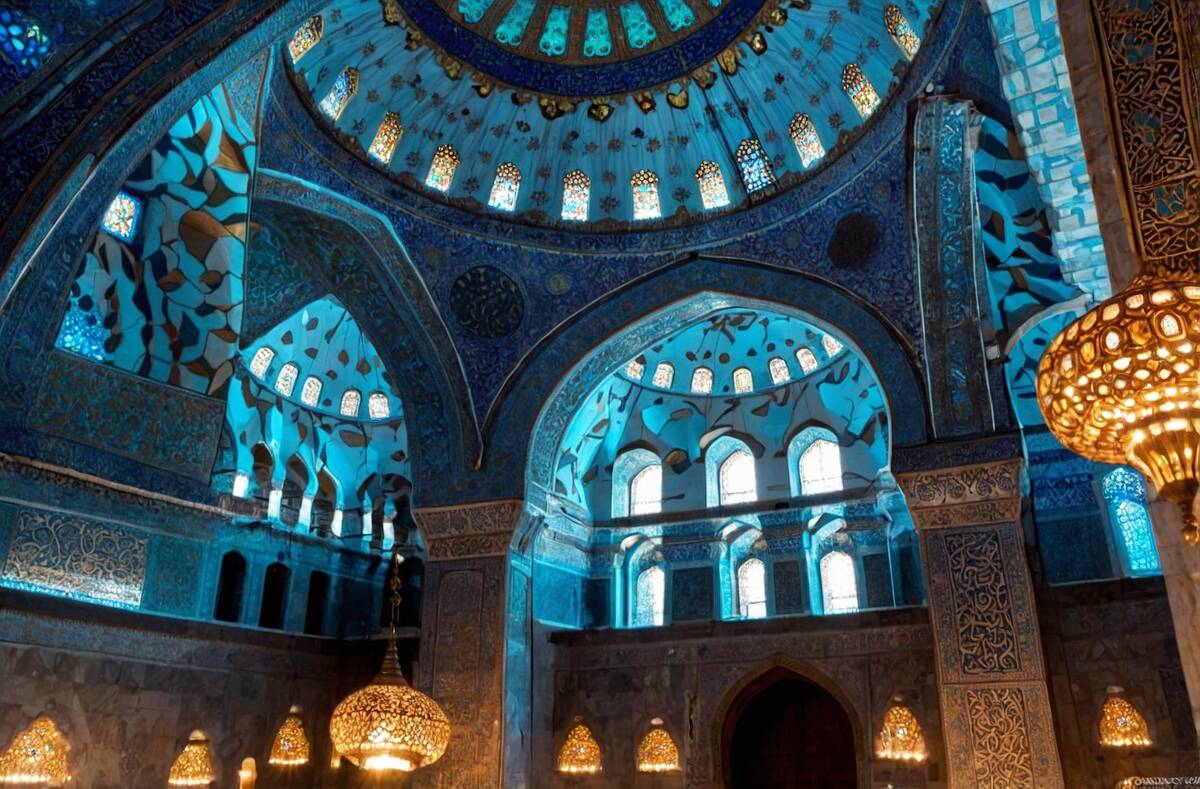
The Ottoman Empire, lasting from 1299 to 1922, was a powerful and diverse realm that bridged Europe and Asia. At its height, it controlled vast territories and was a center for trade, culture, and diplomacy. The Ottomans are known for their architectural masterpieces, such as the Blue Mosque and Topkapi Palace. Their multicultural society fostered a rich tapestry of languages, religions, and traditions, influencing the political and cultural landscapes of the modern Middle East and beyond.



